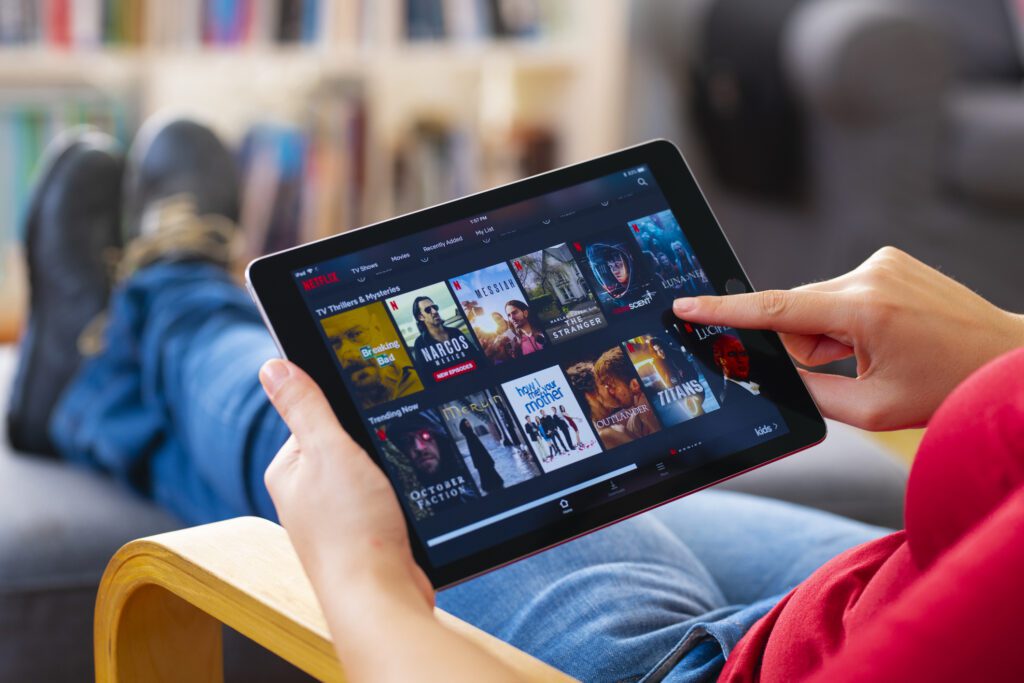Avoiding the CTV/OTT Inventory Squeeze


For generations, it was easy for campaigns to reach voters with TV ads — even if there was a significant waste with large numbers of ineligible or out-of-district voters also seeing the spots.
Buyers knew exactly who to contact to buy inventory, and campaigns could trust that their ads would run exactly where and when they were promised.
We live in a different world. Last year, there were nearly 600 scripted original television series, double the number from just a decade ago. This record-breaking figure was driven by the proliferation of native streaming players like Hulu and Netflix and more recent converts like FX and MAX.
This increasingly complicated advertising ecosystem has made it more difficult for campaigns to reach voters — and easier for dishonest ad sellers to waste precious campaign ad dollars to satiate their hunger for a piece of 2024’s expected $10 billion in political spending.
Unlike traditional display, native, and online video ad formats, where bidding on demand side platforms (DSPs) can secure low-cost inventory and instantly place the desired ad on a host of different sources and programming, most of the companies propelling the streaming television boom will not put their inventory on the open exchange because they want to maintain exclusivity over the sales and placement process.
While Connected TV and Over-the-Top (CTV/OTT) are game changers for campaigns up and down the ballot, enabling candidates from local school boards to the president of the United States to reach the exact voters they need to win, taking advantage of the totality of this opportunity is incredibly complex.
It makes no sense for a campaign to deal directly with individual publishers when they want to place ad buys. This time-consuming process isn’t worth it for most agencies who only care about serving their individual clients. Conversely, a programmatic solution that allows campaigns to run ads on multiple publishers with the click of a button can be a powerful tool.
To truly take advantage of CTV/OTT and reach the right voters, campaigns need to be certain their buyers have direct arrangements with publishers, allowing them to leverage their voter-targeting capabilities against the inventory. These arrangements open the doors for campaigns to far more ad-rich streaming content — something that just is not possible when buyers go directly to publishers.
To put it bluntly: if a buyer was using only one DSP, they are failing to harness the full power of CTV for their campaigns. Period. This is the broadcast equivalent of buying time on CBS and assuming the ads will reach people across the four major television networks.
Furthermore, if buyers are relying on DSPs for inventory curation, they’re doing it wrong. They need the right people on their own team, not at the DSP. To get their ads in front of the right voters efficiently and at scale, buyers need partners who are responsible for forming relationships with suppliers and publishers and making sure DSPs are plugged into that supply in an optimal and efficient way.
Working with a buyer who understands the evolving CTV/OTT marketplace and has put in the sweat equity to establish relationships and harness its power to drive the electoral success of its clients could be the difference between targeted voters seeing a campaign’s message or not.
All of this may sound technical and confusing, but ensuring the right voters see a campaign’s ads could mean the difference between victory and defeat.
Mark Jablonowski is Chief Technology Officer of Optimal and President of DSPolitical, the company’s Politics & Public Affairs division.



